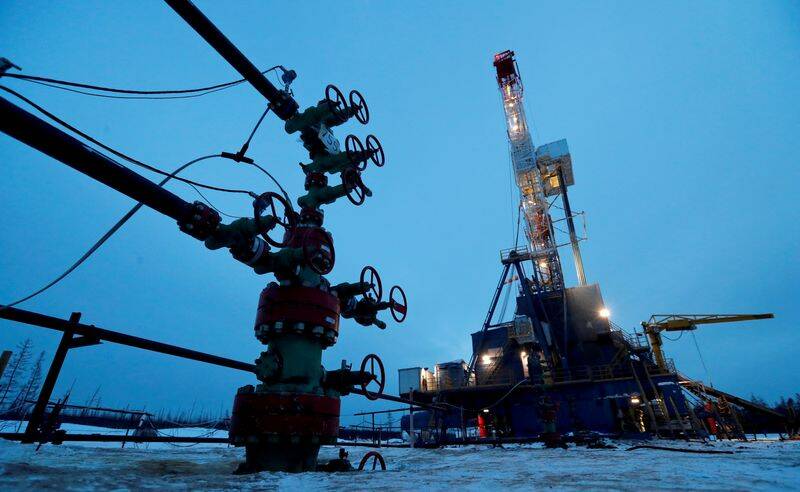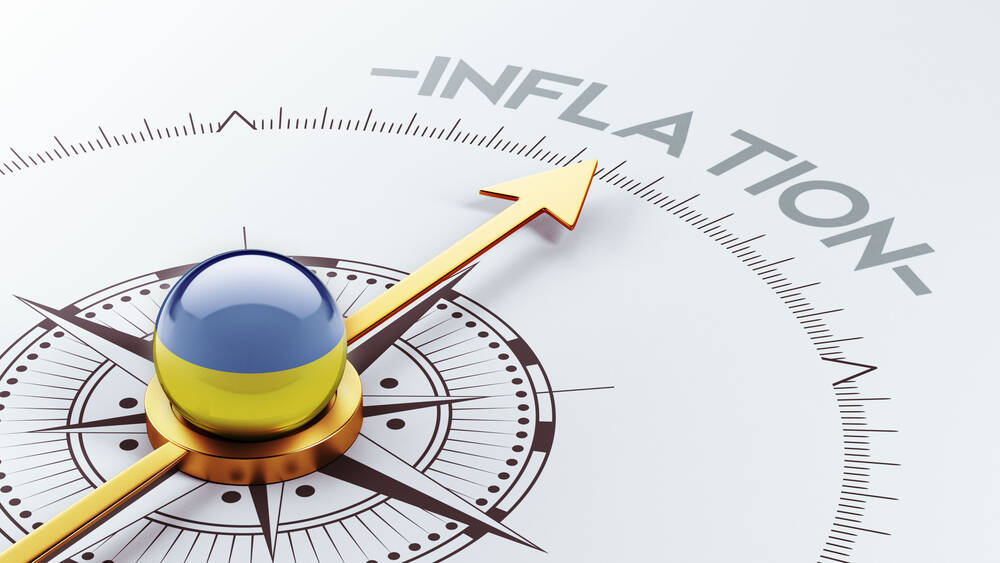Advertisement
Advertisement
Search Indicator:
Choose Country 
Euro Area GDP Growth Rate
Last Release
Dec 31, 2024
Actual
0
Units In
%
Previous
0.4
Frequency
Quarterly
Next Release
May 15, 2025
Time to Release
2 Months 7 Days 19 Hours
Highest | Lowest | Average | Date Range | Source |
12.6 Sep 2020 | -11.7 Jun 2020 | 0.36 % | 1995-2024 | Eurostat |
The Euro Area is an economic and monetary union of 19 European countries that adopted the euro as their currency. It is the second largest economy in the world and if it was a country it would be the third most populous with 341 million inhabitants. Germany, France, Italy and Spain are the most important economies accounting respectively for 29 percent, 20 percent, 15 percent and 10 percent of the bloc’s GDP.
Latest Updates
The Eurozone economy expanded 0.2% on quarter in Q4 2024, better than 0.1% in the previous estimate, and after a 0.2% rise in Q3. The largest contribution to growth came from household spending which went up 0.6%. Government expenditure rose 0.9% and investment increased 0.6%. Meanwhile, both exports and imports edged 0.1% lower and inventories weighed down on the growth by 0.2 pp. The bloc's two largest economies contracted, with Germany's GDP shrinking by 0.2% and France's by 0.1%, while Italy managed to grow 0.1%, better than a flat reading in the previous estimate. Also, Ireland booked a 3.6% growth, compared to initial estimates of a 1.3% drop. On the other hand, the GDP in Austria (-0.4% vs 0%), Finland (-0.2% vs +0.1%), and Malta (-0.7%) contracted and Latvia stagnated. Meanwhile, Portugal (1.5%), Greece (0.9%), Spain (0.8%), Lithuania (0.8%), Estonia (0.7%), Slovenia (0.6%), Slovakia (0.5%), and Cyprus (0.3%) expanded.
Euro Area GDP Growth Rate History
Last 12 readings







